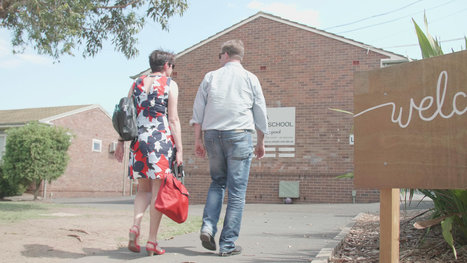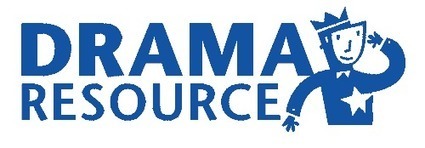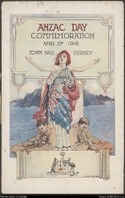Get Started for FREE
Sign up with Facebook Sign up with X
I don't have a Facebook or a X account
 Your new post is loading... Your new post is loading...
 Your new post is loading... Your new post is loading...

Catherine Smyth's curator insight,
November 3, 2014 5:32 PM
This downloadable graphic organiser uses sensory exploration as a way for children to make sense of primary sources. 
Education Creations's curator insight,
November 28, 2014 2:42 AM
A useful tool to use when exploring primary sources with younger students. |

Catherine Smyth's curator insight,
April 23, 2013 3:04 AM
Contrary to the opinion of a few out of touch politicians and the odd public commentator who hasn't set foot in a school this century, ANZAC DAY is solemnly commemorated in Australian schools.
Why is ANZAC DAY a significant event in Australia? How do we assign significance to an event or a person?
Geoffery Partington suggests the following criteria can be used to determine significance:
1. Importance – to people living at the time 2. Profundity – how deeply people’s lives were affected by it 3. Quantity – how many lives were affected 4. Durability – for how long people’s lives were affected 5. Relevance – the extent to which the event has contributed to an increased understanding of present life
Another way to think about the significance of something is to use Christine Counsell's model and ask whether the event or person was:
1. Remarkable (event/circumstance/person was remarked upon at the time or after) 2. Remembered (event/circumstance/person was important at some stage in history within collective memory) 3. Resonant (people like to identify with it, reveal something about individuals or society) 4. Resulting in change (consequences for the future -turning point) 5. Revealing- (about some other aspect of the past)
The Australian War Memorial website provides background information about this significant event.

Catherine Smyth's curator insight,
May 21, 2018 10:53 PM
In the Stage 2 topic, 'Community and Remembrance' students identify commemorations of significance in Australia and the world. This site has a range of photographs of War memorials and honour rolls. Teaching ideas:
|



















